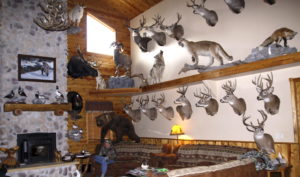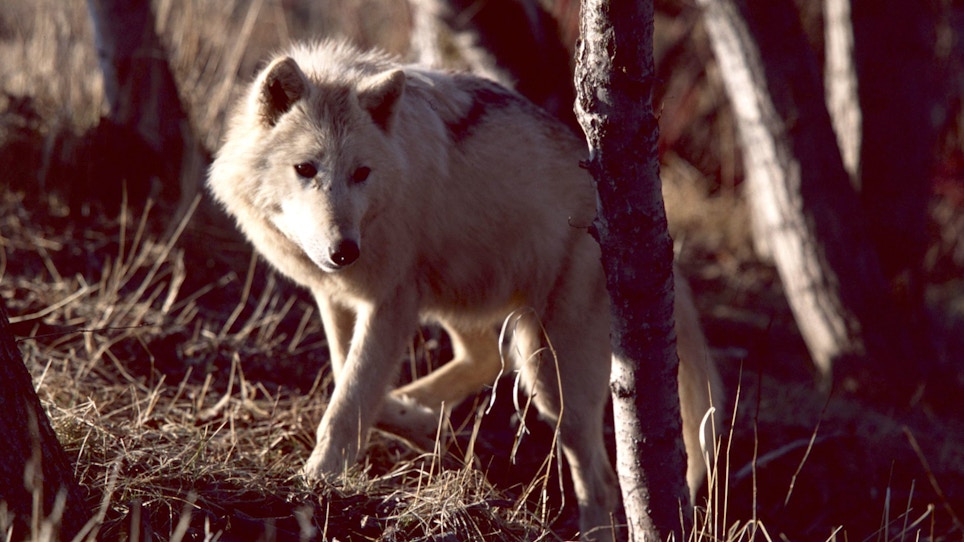There may come a time on a future predator hunt when you tip over a special critter you’d like to preserve with the services of a taxidermist.
It could be a particularly colorful coyote, bobcat or fox. It may even a trophy species such as a mountain lion, wolf or bear. Regardless of the Latin name for your species of choice, choosing the right taxidermist for the job shouldn’t be a shot in the dark. Make a plan now for great décor and memories later.
Post-Hunt Care
To give your taxidermist a running start be extra careful with our trophy right after taking it.
You can’t expect a taxidermist to be a miracle worker if you drag your trophy through every rock pile on the way back to the truck or leave it in the truck bed for days after the hunt. Any extra roughhousing adds to hide damage a taxidermist may not be able to repair with perfection.
Plus, leaving an animal exposed to temperatures above 40 degrees accelerates bacteria growth. This could lead to the hair-slipping and deterioration of the hide. Take care in the field. Freeze the animal if you don’t know how to skin it for taxidermy and then get it to your taxidermist of choice soon after the hunt.
Do Your Homework
Choosing a qualified taxidermist before the hunt is your best option, but not necessarily critical. Window shopping and word of mouth will be your best clue to a quality taxidermist. Just make sure the recommendation isn’t coming from someone who relies on garage sales for their hunting equipment.
If you get a chance to look at a friend’s home gallery of work inspect eyes nose and ears. These focal points portray the character of the animal. If they appear real the rest of the body likely has a realistic pose, too.
With recommendations in hand it’s time to be as thorough as a CEO hiring a new employee. Do the real research. You can start with a visit to the place of business.

Be choosy and do your homework when looking for a taxidermist. Having great mounts, whether predators or other big game, can enhance a home or hunting lodge immensely, but a bad mount stands out like a rotten tomato in the grocery store produce section. (Photo: Mark Kayser)
What Do You See?
You can tell a lot about a proprietor by seeing where they do business. If the place looks organized and professional it’s a bonus. If the owner has a welcoming personality and is open to questions, and queries, you have another positive to consider. Ask them about their training, licensing requirements and if they have a list of references, new and old.
Checking with references is important to vet the different views of how others feel about the work completed. Checking with a few older references also helps gauge if the work is holding up or beginning to crack, or even discolor. Follow up on these references for an overall review of the business.
You Get What You Pay For
Finally, compare prices and don’t shop for an Amazon-like deal. Good workmanship requires paying a premium price.
You may find someone who does great work at an unbelievably low price, but don’t count on it. And get a clear indication of when work will be completed. You want your trophy back as soon as possible, but some taxidermists can be notoriously slow. If they aren’t returning the bulk of their work back in a year’s time they have a tendency to create a backlog since hunting seasons create an annual, incoming flow of work.
Be careful about taking care of your trophy before taking it to the taxidermist and careful in your screening of artisans. With some extra time you’ll receive back a work of art that you may even pass down to your kids.






